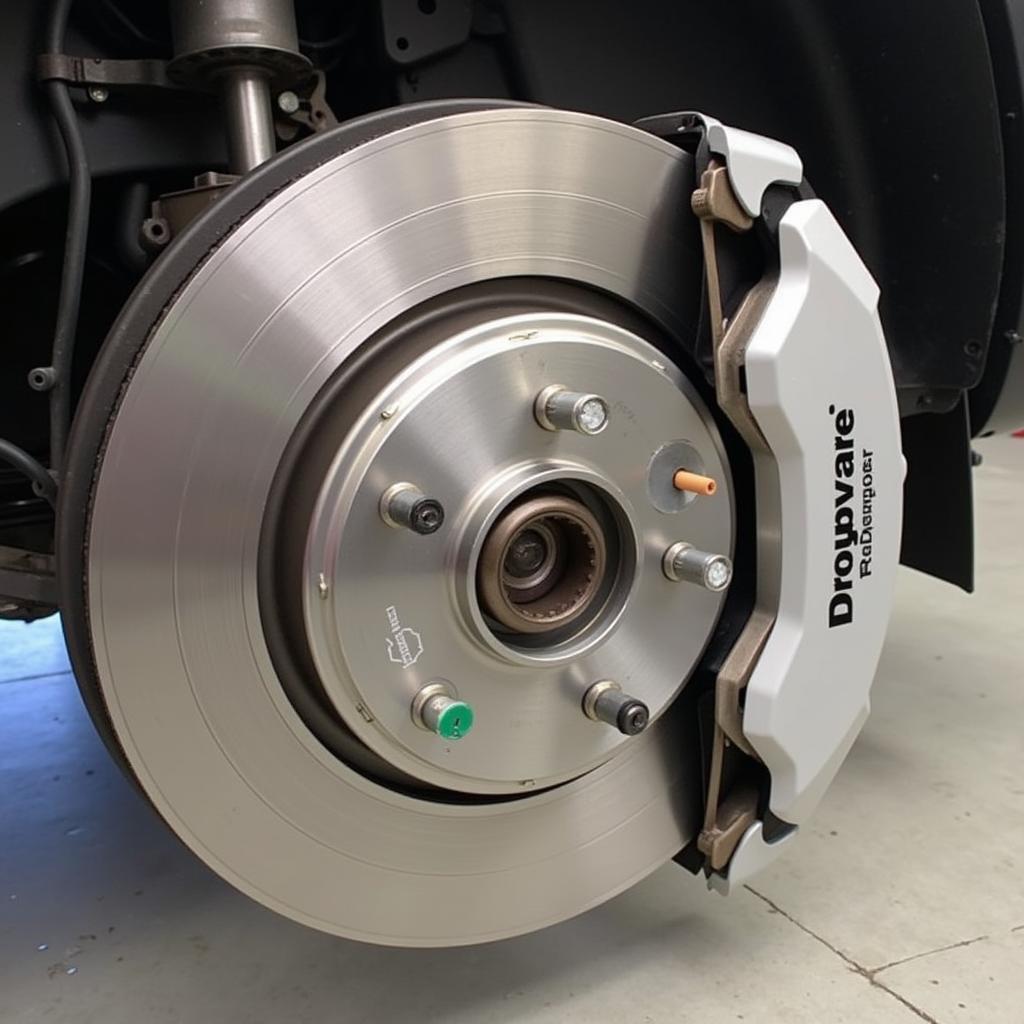Your car battery won’t start with a jump? This is a frustrating situation, but don’t worry, you’re not alone. This comprehensive guide will help you diagnose the problem and get your car back on the road. We’ll cover everything from simple checks to more complex solutions, empowering you to troubleshoot the issue effectively.
If your battery won’t start with a jump, it’s a sign that something is seriously wrong. A jump start should provide enough power to crank the engine, even if the battery is completely drained. If this isn’t happening, the problem might not be the battery itself. Instead, it could be a faulty alternator, bad starter, corroded connections, or even a parasitic drain. Let’s explore each possibility.
Understanding Why Your Battery Won’t Start With a Jump
Before we dive into solutions, let’s understand the common reasons behind this problem. This knowledge will help you narrow down the possibilities and save you time and effort. Sometimes, the issue isn’t even related to the battery!
Common Culprits: Beyond the Battery
- Faulty Alternator: A bad alternator won’t charge the battery, even with a jump. This is a common reason why a car might start with a jump, then die shortly after. If you suspect this is the issue, check the bad battery check engine light.
- Bad Starter: The starter motor is responsible for cranking the engine. A faulty starter might click or whir, but won’t turn the engine over, even with a jump.
- Corroded Connections: Corroded battery terminals or cables prevent the current from flowing properly, hindering the jump start process.
- Parasitic Drain: A parasitic drain occurs when something in your car continues to draw power even when the ignition is off, slowly draining the battery. This can prevent a jump start from being effective.
- Blown Fuse: A blown fuse related to the starting system can also prevent the car from starting, even with a jump.
Troubleshooting a Car That Won’t Start With a Jump
Here’s a step-by-step guide to help you troubleshoot the problem:
- Check the Jumper Cables and Connections: Ensure the cables are properly connected to both batteries (positive to positive, negative to negative). Make sure the connections are clean and tight.
- Inspect the Battery Terminals: Look for any signs of corrosion. Clean the terminals with a wire brush and baking soda solution if necessary.
- Test the Alternator: If the car starts with a jump but dies shortly after, the alternator is likely the culprit. You can test the alternator’s voltage output with a multimeter.
- Check the Starter: Listen for clicking or whirring sounds when you try to start the car. These sounds indicate a potential starter problem.
- Inspect Fuses: Check the fuses related to the starting system. Replace any blown fuses.
Advanced Diagnostics and Solutions
If the basic troubleshooting steps haven’t solved the issue, you may need more advanced diagnostics. This often involves using specialized tools and equipment.
Utilizing Remote Diagnostics and Programming
Remote diagnostics and programming can be incredibly helpful in pinpointing the root cause. This allows experts to access your car’s computer system remotely, identify error codes, and even reprogram certain modules. If your battery is dead, consider a dead car battery replacement service. For general battery issues, car battery troubleshooting is a great resource.
“Remote diagnostics have revolutionized the way we troubleshoot car problems. It allows us to quickly and efficiently identify complex issues without the need for a physical inspection in many cases.” – John Smith, Automotive Electrical Engineer
When to Seek Professional Help
If you’ve exhausted all troubleshooting options and are still unable to start your car, it’s time to seek professional help. A qualified automotive technician can perform a thorough diagnosis and recommend the necessary repairs. You might also want to check out resources on what to do if you charged your car battery and now it won’t start. Similarly, if your battery down car not starting, there are resources to help you understand this problem as well.
Conclusion: Getting Your Car Back on Track
A battery that won’t start with a jump can be a significant inconvenience. However, by following the troubleshooting steps outlined in this guide, you can often identify the root cause and get your car running again. Remember, if the problem persists, seeking professional assistance is always the best course of action.
FAQ
- Q: Can a bad alternator prevent a jump start? A: Yes, a faulty alternator won’t charge the battery even with a jump.
- Q: What if my car starts with a jump, but then dies? A: This is a classic symptom of a bad alternator.
- Q: How do I clean corroded battery terminals? A: Use a wire brush and a mixture of baking soda and water.
- Q: What does a clicking sound when trying to start the car indicate? A: This often suggests a problem with the starter motor.
- Q: When should I call a mechanic? A: If you’ve tried all the troubleshooting steps and the car still won’t start, it’s time to call a professional.
- Q: Can remote diagnostics help with this issue? A: Yes, remote diagnostics can often pinpoint the problem quickly.
- Q: What are some signs of a parasitic drain? A: A dead battery after sitting for a while, dim headlights, or electrical accessories not working correctly can be signs of a parasitic drain.

